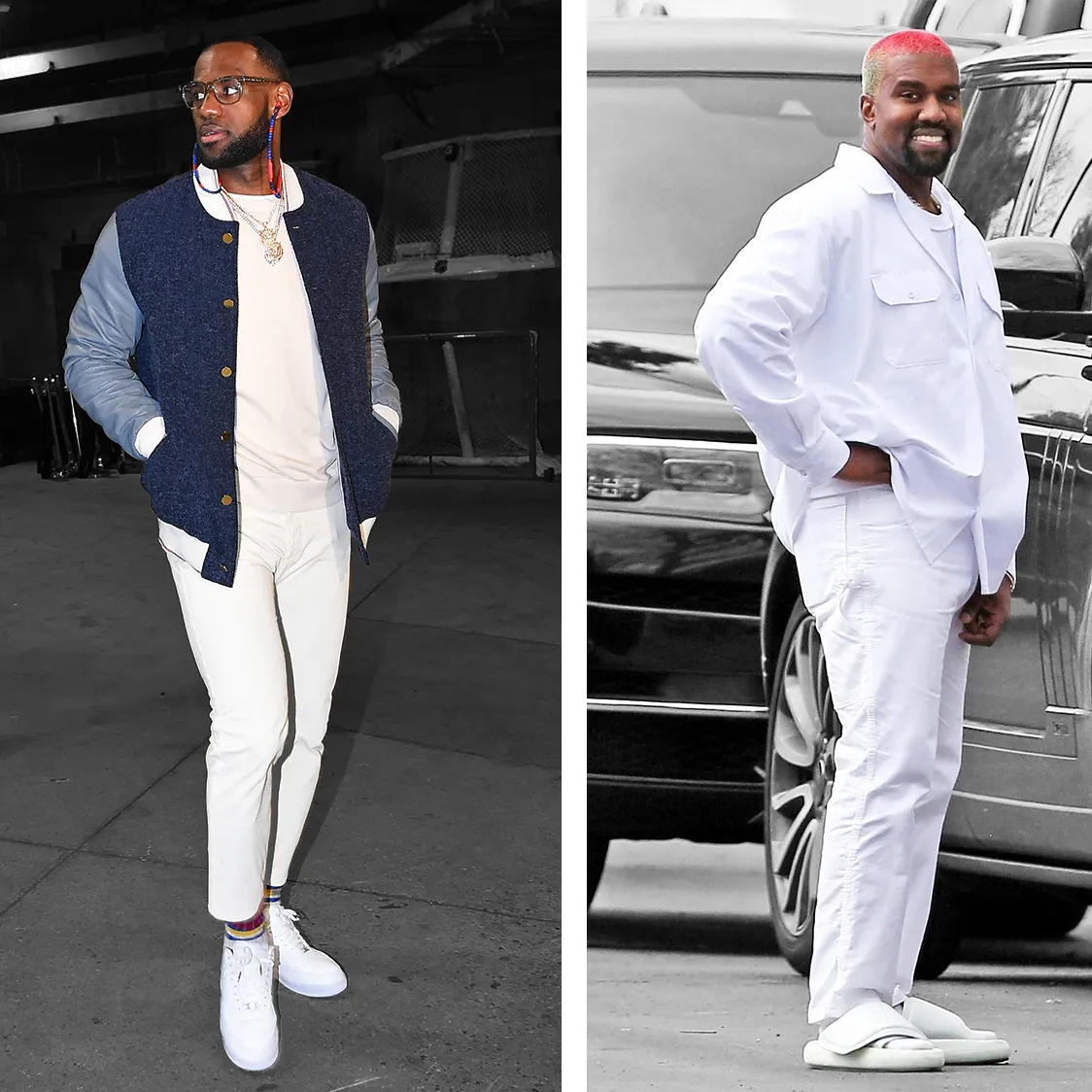
Why you can’t wear white after Labor Day
- Maikelyn Betancourt
- Sep 5, 2023
- 2 min read
Labor Day was yesterday, and we cant help but wonder where the
"Don't Wear White after Labor Day" rule came from.
This is what we found:
The "don't wear white after Labor Day" rule is a long-standing fashion tradition in the United States with several historical and practical explanations. It is believed to have originated in the early 20th century when Labor Day, the first Monday in September, marked the end of the summer season. White clothing was associated with the light and airy fabrics worn during hot summer months, and as the weather cooled down in the fall, wearing white became less practical.
Furthermore, the rule may have had social and class-related implications. White clothing was often associated with the leisurely activities of the upper class during the summer season, such as vacations and outdoor gatherings. Following Labor Day, people returned to their regular routines, and the transition to darker and warmer-colored clothing was seen as a marker of privilege and social status.
In addition to practicality and social factors, fashion etiquette played a role. Throughout history, fashion etiquette has included various rules about what to wear and when to wear it. "No white after Labor Day" was simply one of these guidelines, followed to adhere to traditional fashion norms and conventions.
examples:
It's important to note that fashion rules and trends evolve over time, and many people no longer strictly adhere to the "no white after Labor Day" rule. In modern fashion, there are fewer rigid rules, and individual style and comfort often take precedence. Many people wear white year-round if they choose to do so, and fashion is now more about personal expression and less about adhering to traditional guidelines.
Ultimately, fashion rules are not set in stone, and personal style and comfort should be the most important factors when choosing what to wear. The "no white after Labor Day" rule, while once significant, has become less relevant in contemporary fashion.















Comments